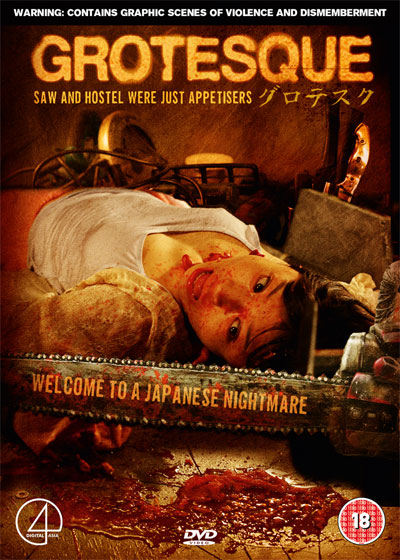In the media today, we are constantly being exposed to dramatized violence, whether that be in video games, music, or films. This has created the debate of how much of a connection there is between violence in the media and real life.
In 1950, only 10% of American homes had a television. Today 99% of homes have televisions meaning more families have televisions than telephones. Over half of all children have a television set in their bedrooms, giving a greater opportunity for children to view programs without parental supervision. Studies reveal that children watch approximately 28 hours of television a week, more time than they spend in school. The typical American child will view more than 200,000 acts of violence, including more than 16,000 murders before age 18. Television programs display 812 violent acts per hour; children's programming, particularly cartoons, displays up to 20 violent acts hourly.
Dr. Wayne Warburton, deputy director of the Children and Families Research Centre of Macquarie University, said that years of study across the world showed definite links between time spent watching dramatized violence and the likelihood of aggressive behaviour. "They include increases in the likelihood of aggressive behaviour, increases in desensitization to violence and an increase in the overall view that the world is more scary and hostile than it really is." MRI brain scans of children exposed to dramatized violence showed similar reactions to those who saw real violence. "The brain isn't very good at differentiating between media and real-life situations". Warburton said tests showed children who played violent video games had a heightened likelihood of aggression for up to 15 minutes after switching off the console.
Most researchers believe that the effects of real life violence are influenced by other factors and are rarely directly due to violence in the media, for example, if someone witnesses a dramatized killing in a film it does not mean they are more likely to kill. However, some do believe there is a strong connection between exposure to media violence and real-life behaviour and over the long term, repeated exposure to violence will have a cumulative effect on their behaviour and supports an unrealistic view of real life violence.
Wednesday 20 June 2012
Japanese horror movie Grotesque banned by BBFC
The film Grotesque, a 2009 Japanese horror film, has been banned by the BBFC, as its violence is so extreme that it could cause psychological harm to audiences. Grotesque features minimal narrative or character development and presents the audience with little more than an escalating scenario of humiliation, brutality and sadism. The British Board of Film Classification said the film featured sexual sadism for its own sake. It said that giving the film a rating would involve a ''risk of harm'' to those viewing it. Selling or supplying the film would now be illegal. The board said the majority of the film focused on the assault, humiliation and torture of two victims. The main character takes them prisoner abducts, restrains, strips and sexually assaults them before inflicting horrific injuries until they die.
This shows how desentization forces distributors to increase the amount of violence in films, due to the audiences repeated exposure to violence making it harder for films to scare the viewer. This is also supported by the fact that we are able to see on the Grotesque DVD cover, that it compares itself to other horror films, saying 'Saw and Hostel were just appetisers'.
My Research Project - Desentization
For my research project, I have decided to look into the theory of desentization in the media today. The media text I have decided to focus upon are horror films, for example, I will look at both modern horror films, such as 'Saw' and 'Hostel' and compare them to older horror films, such as 'The Wolf Man' and 'Nosferatu'. I will compare the change in audiences reaction towards violence and explore how repeated exposure to violence has caused a lack of concern, empathy or sympathy for the victim, therefore causing desentization within the media today.
Subscribe to:
Posts (Atom)
